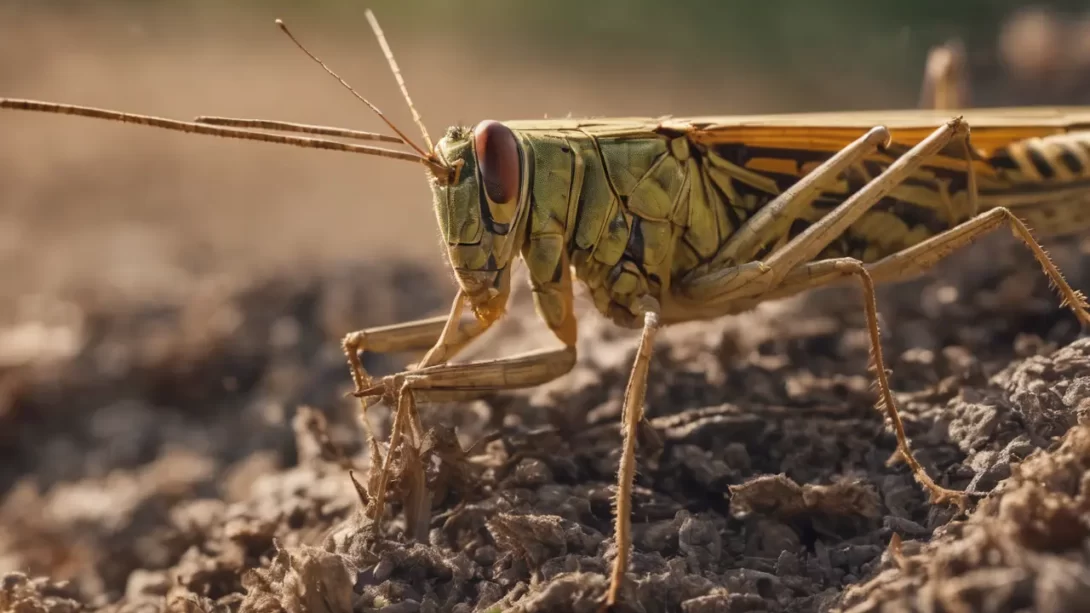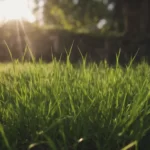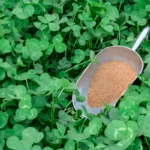Locusts are among the most infamous agricultural pests, known for their ability to form massive swarms that devour crops and vegetation. These insects can cause significant damage to gardens, fields, and natural landscapes. Understanding how to manage locust outbreaks is essential for gardeners and farmers alike. Quick and effective action is crucial to mitigate their impact.
Locusts
Locusts are a type of grasshopper, distinguished by their ability to change behavior and form swarms. They exist in two phases: the solitary phase, where they behave as individual grasshoppers, and the swarming phase, where they gather in vast numbers. This transformation is triggered by environmental factors such as rainfall and population density. Locusts have a rapid breeding cycle and can multiply quickly, leading to large swarms in a short period. Understanding these aspects is key to controlling their spread.
Identifying Locust Infestations
Early detection of locust infestations is crucial. Look for increased locust activity in your garden or field, especially after periods of heavy rain or in areas with dense vegetation. Young locusts, called nymphs, are often found in groups and are less likely to fly. As they mature, their wings develop, and they become more mobile. Recognizing the signs of an impending swarm, such as large gatherings of locusts on plants or the ground, can help in taking timely action.
Preventative Strategies
Preventing locust infestations involves maintaining good garden and field hygiene. Regularly clear any plant debris and maintain a well-managed landscape to reduce breeding grounds. Monitoring your garden regularly for signs of locusts can help catch infestations early. Additionally, consider implementing landscape management practices that discourage locust breeding, such as avoiding excessive watering and maintaining a balance of plant types to reduce the attractiveness of the area to locusts.
Natural Control Methods
Utilizing natural control methods can be an effective and environmentally friendly way to manage locusts. Introducing natural predators, like birds and certain insects, can help keep the locust population in check. For instance, encouraging the presence of birds by installing birdhouses or feeders can make your garden less appealing to locusts.
Biological controls, such as using pathogenic fungi or bacteria, can target locusts without harming other garden inhabitants. These biopesticides are often specific to locusts and grasshoppers, making them a safe choice for integrated pest management.
Additionally, certain eco-friendly repellents can deter locusts. Neem oil, garlic, and chili pepper sprays can be effective, especially when applied to vulnerable plants. Creating physical barriers, such as netting over young plants, can also prevent locusts from causing damage.
Crop diversity and companion planting can further strengthen your garden’s defense. Growing a variety of crops can reduce the extent of damage, as locusts may favor certain plants over others. Companion planting, where certain plants are grown together for mutual benefit, can also deter locusts naturally.
Chemical Control Measures
In severe cases, chemical control may be necessary to manage large locust swarms. It’s important to use insecticides judiciously and as a last resort. Insecticides effective against locusts typically include products containing pyrethroids or organophosphates. However, these chemicals can have significant environmental impacts, so careful consideration and adherence to safety guidelines are crucial.
When using insecticides, target areas where locusts congregate or where they are likely to breed. Always follow label instructions to ensure effective and safe application. Additionally, consider the timing of application to minimize harm to beneficial insects and wildlife.
For large-scale infestations, especially in agricultural settings, specific locust control products may be recommended. These products are often designed to provide effective control with reduced environmental impact. Always consult with local agricultural extension services or pest control professionals for advice on the best products and practices for your particular situation.
Community and Governmental Involvement
Controlling locust swarms often requires a coordinated effort beyond individual gardens or farms. Community involvement is crucial in tracking and managing large-scale infestations. Joining local gardening groups or online forums can help in sharing information and strategies for locust control. Neighbors can collaborate to implement widespread preventive measures, enhancing the overall effectiveness of control efforts.
Governmental agencies often play a vital role in managing locust outbreaks, especially when they affect larger geographical areas. These agencies can provide resources, expertise, and additional manpower for control measures. They may also issue guidelines or provide support for chemical control methods in extreme situations. Reporting locust swarms to local agricultural authorities can help in mobilizing larger-scale intervention efforts.
Long-Term Management and Recovery
After addressing an immediate locust infestation, it’s important to focus on long-term management and recovery. This includes reassessing and enhancing garden or crop management practices to reduce the likelihood of future outbreaks. Sustainable agricultural practices, such as crop rotation, maintaining soil health, and diversifying planting, can create an environment less conducive to locust proliferation.
Recovery from locust damage may involve replanting or rehabilitating affected areas. It’s also a good opportunity to implement more resilient landscaping and agricultural practices. This might include choosing plant varieties that are less attractive to locusts or more resistant to damage.
Conclusion
Dealing with locusts in gardens and agricultural areas requires a multifaceted approach, combining early detection, natural and chemical control methods, community involvement, and sustainable long-term management practices. By staying vigilant and proactive, gardeners and farmers can mitigate the impact of locusts and maintain the health and productivity of their green spaces. Remember, the key to successful locust control lies in a balanced and integrated approach, considering both immediate needs and long-term ecological health.



